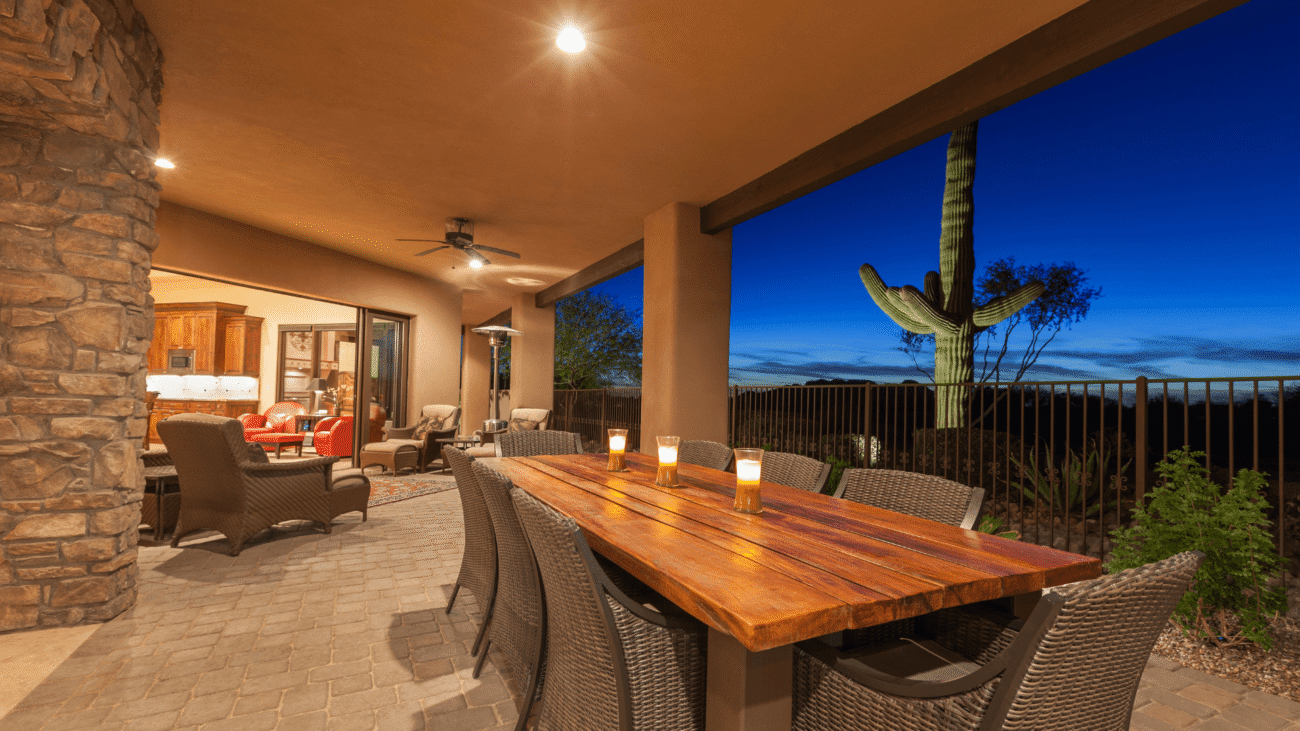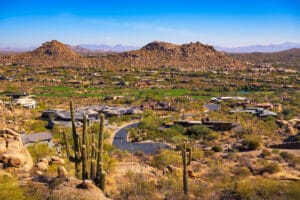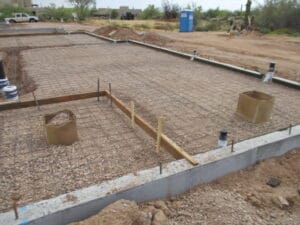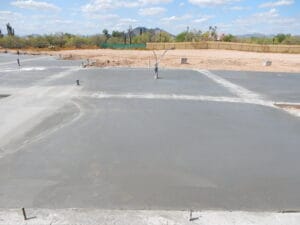In architecture, a deck is a flat surface capable of supporting weight, similar to a floor, but typically constructed outdoors, often elevated from the ground, and usually connected to a building. The term is a generalization of decks as found on ships.
Wood or timber “decking” can be used in a number of ways – as part of garden landscaping, to extend living areas of houses, and as an alternative to stone based features such as patios. Decks are made from treated lumber, composite material, Aluminum, Western red cedar, teak, mahogany, ipê and other hardwoods and recycled planks made from high-density polyethylene (HDPE), polystyrene (PS) and PET plastic as well as mixed plastics and wood fiber (often called “composite” lumber).
Historically, the softwoods used for decking were logged from old growth forests. These include Atlantic white cedar, redwood and Western red cedar (red cedar). Atlantic City built the first coastal boardwalk in the United States, originally constructed of Atlantic white cedar. However, it was not long before the commercial logging of this tree and clearing of cedar swamps in New Jersey caused a decline in the availability of decking. Atlantic City and New York City both switched to Western red cedar. By the 1960s, Western red cedar from the US was declining due to over-logging. More expensive Western red cedar was available from western Canada (British Columbia) but by then, pressure treated pine had become available.
But even with chemical treatments (such as chromated copper arsenate or CCA), pine decking is not as durable as cedars in an outdoor environment. Thus, many municipalities and homeowners are turning to hardwoods.
Generally, hardwoods used for decking come from tropical forests. Much of the logging taking place to produce these woods, especially teak, mahogany and ipê, is occurring illegally, as outlined in numerous reports by environmental organizations such as Greenpeace, Friends of the Earth and Rainforest Relief. US tropical wood imports are rising, partly due to the demand for decking.
The deck of a house is generally a wooden platform built above the ground and connected to the main building. It is generally enclosed by a railing for safety. Access may be from the house through doors and from the ground via a stairway. Residential decks can be constructed over steep areas or rough ground that is otherwise unusable. Decks can also be covered by a canopy or pergola to control sunlight.
Larger buildings may also have decks on the upper floors of the building which may be open to the public as observation decks.
A deck is also the surface used to construct a boardwalk over sand on barrier islands.
Deck Yearly Checklist:
- Inspect the joint between the house and the deck.
- From underneath the deck, observe the condition of the top of the deck joists.
- The guardrail should be checked for secure attachment to the deck surface.
- Check the decks foundations/support points.
- Determine if paint, stain or preservative needs to be applied to all exposed surfaces. The hot Arizona sun is brutal on these surfaces. Remove all splinters from the deck surface.
- Check with your local building code enforcement official to determine if the guardrails and railings are constructed per local code requirements.
Patios
A patio (from the Spanish: patio meaning ‘back garden’ or ‘backyard) is an outdoor space generally used for dining or recreation that often adjoins a residence and is typically paved. It may refer to a roofless inner courtyard of the sort found in Spanish-style dwellings or a paved area between a residence and the garden.
Patios are typically made of concrete or stone slabs laid over a firm base. This base is often formed of a layer of compacted hardcore (stone chips), a layer of sharp sand, and a layer of cement mortar. The firmness and stability of the base is essential to the robustness of the top layer of slabs – an infirm base will typically result in cracked slabs. Patios that hold a lot of weight, such as driveways, require stronger foundations than those that are designed for light use. Patios are more common in Arizona than decks. Most homes in Arizona have concrete slab-on-grade patios installed at the rear of the home and covered. Very often the rear patio will adjoin the pool patio area.
Deck Yearly Checklist:
- It is important that the concrete patios be sloped at a 5% grade away from the house. This will keep water from draining towards the foundation which can lead to slab movement and foundation problems.
- Clean the deck with a commercially available concrete cleaner. Dirty patios can become slippery when wet.
- Check for cracks and seal with a high quality epoxy based crack filler material. Any cracks that have vertically displaced more than ¼ inch need to be ground down to eliminate any tripping hazard.





